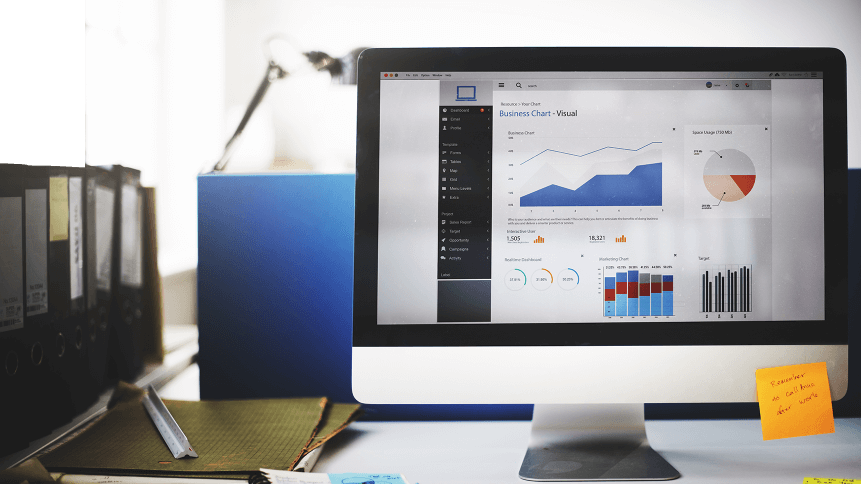Are you still struggling to extract value from data insights?

Companies today are inundated with vast amounts of data— whether that’s cross-channel breakdowns of how your customers are interacting with your website, or IoT-related performance data relating to the operation of machinery, to point to just two examples of thousands.
READ NEXT

Is there a data scientist shortage?
The fact is, while it’s never been easier to acquire granular information en masse, extracting clear and business-changing insights from this growing data glut remains a pressing challenge.
A recent report by Syncsort states that companies are having problems extracting actionable value from data that has a tangible impact on business and competitiveness overall. Just nine percent of 230 SME professionals said their business was ‘very effective’ at getting value from data, while 48 percent said they were ‘somewhat effective’.
One of the biggest IT challenges for companies is getting data insights to business users, but ‘improved access to data’ ranks just fourth on the list of business IT objectives for 2019.
Increasing operational & workforce efficiency, improving customer experience, and reducing costs, were cited as higher priority targets— all areas where acting on business data could present marked improvements.
Over the next 12 months, data governance was the third most-pressing IT initiative (33 percent) but, at the same time, more than two-thirds (68 percent) said that siloed data negatively impacts their organization to varying degrees.
According to respondents, the root problem lies in a lack of know-how and manpower. This is holding companies back from acting on the volumes of data they’re accruing. More than half of respondents (53 percent) said their teams had a lack of IT skills and staff to work on getting insights from data and delivering it to users.
YOU MIGHT LIKE

Taking a data-driven approach to startup growth
That issue is compounded by a lack of technology & tools (50 percent) to feed downstream applications with the right data at the right time. But other issues include a perceived lack of time to sort through data (44 percent); insufficient investment in analytics platforms (31 percent); and senior leadership not viewing it as a priority (22 percent).
Other challenges with data included keeping data up-to-date and in sync across multiple databases, operating systems and platforms (30 percent); accessing and processing data in real-time (19 percent); poor data quality/lack of trust in the data (19 percent); and leveraging data from legacy systems (Mainframes, EDQs, IBM I, etc) with modern analytics platforms (Spark, Hadoop, Cloud, etc).
The report found that while modernizing IT infrastructure was a key objective for 2019, and is the top technology providing business benefits, cloud and hybrid computing is the highest priority for the year ahead, with four in 10 already in the early adoption phase, and 37 percent in the production or mature adoption phase.
“There is so much data being produced today, and it’s creating a significant number of new opportunities and challenges,” commented Tendü Yoğurtçu, CTO of Syncsort.
“We are seeing cloud and hybrid cloud as the mainstream trends […]. With the gravity of data shifting, organizations are trying to take advantage of the cloud’s elasticity and gain the ability to analyze and deliver trusted data into application pipelines as quickly as possible.
“These are the precursors to improving data accessibility and taking advantage of the emerging technologies, like machine learning and streaming analytics, that will help deliver more value out of data.”








